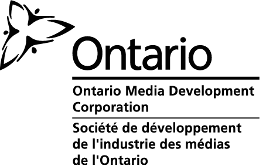As soon as possible in the repair process, the exact parts needed to complete the repair need to be ordered. The part order will need to be approved by your insurance company, as well as your repair facility. As soon as the exact parts needed are known, they are ordered and prepared for installation.
The collision repair market features a variety of parts, including OEM (Original Equipment Manufacturer) parts, aftermarket parts, and recycled or refurbished parts. Aftermarket parts, which are not produced by the vehicle’s original manufacturer, are often cited for their availability and diversity, allowing for a wider range of repair options. The use of these parts is central to discussions around vehicle repairs, especially in the context of ensuring vehicles can be repaired rather than declared total losses.
Insurance companies and repair facilities navigate the delicate balance between utilizing OEM, aftermarket, and recycled parts. The industry’s approach to using various parts is shaped by the goal of maintaining vehicle integrity and ensuring that repairs are feasible without leading to the vehicle being written off. Aftermarket and recycled parts offer alternatives that can support this objective, given their role in the repair process.
Moreover, the presence of aftermarket parts in the market has led to discussions about standards and certifications to assure their quality. Entities like the Certified Automotive Parts Association (CAPA) have emerged to certify aftermarket parts, aiming to ensure that they meet specific criteria for quality and safety.
Overall, the conversation about the types of parts available for collision repair highlights the ongoing efforts to balance repair feasibility, vehicle integrity, and the diverse needs of consumers and the automotive repair industry.



